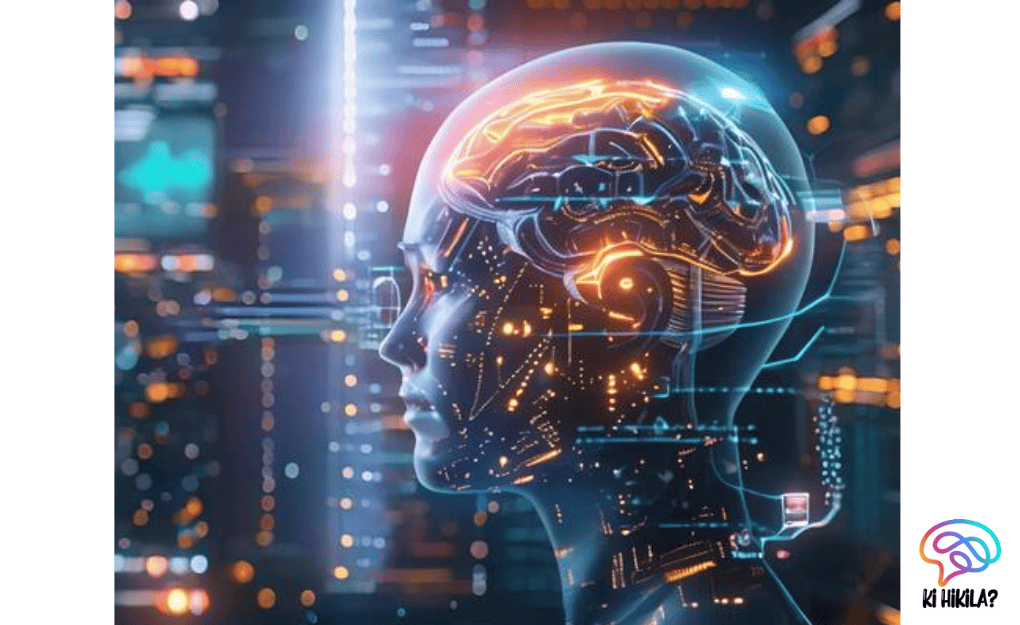Indigenous AI Development is emerging as a strategic priority for India as it launches one of its most ambitious national initiatives—the IndiaAI Mission. Designed to position India as a global leader in responsible and inclusive artificial intelligence, the mission aims to build an indigenous AI ecosystem that addresses India’s unique social, economic, and linguistic needs.
The mission aligns with Prime Minister Narendra Modi’s vision of democratising technology and ensuring that AI benefits every citizen across sectors like agriculture, healthcare, education, governance, and climate management. By focusing on homegrown talent, infrastructure, and innovation, India seeks to reduce dependence on foreign AI models and increase its technological sovereignty.
Development of Foundational AI Models
One of the cornerstones of Indigenous AI Development is the creation of foundational Large Language Models (LLMs) and small language models trained on Indian datasets. These models are specifically tailored to understand India’s rich linguistic diversity and cultural contexts, something international models often fail to do adequately.
Four key Indian startups—Sarvam AI, Soket AI, Gnani AI, and Gan AI—have been tasked with developing these foundational models. The mission ensures these models remain open source, enabling startups, educational institutions, and government bodies to build domain-specific applications, ranging from voice assistants in regional languages to AI tools for rural governance.
This focus on AI model indigenisation empowers local ecosystems and reduces the digital divide by ensuring AI tools resonate with Indian sensibilities.
Compute Infrastructure and GPU Access
To support indigenous AI research and model training, the IndiaAI Mission has established a robust compute infrastructure. The IndiaAI Compute Portal offers over 34,000 high-end GPUs including Nvidia H100 and H200, Intel Gaudi, and AMD MI300X.
These GPUs are accessible to startups, MSMEs, academic researchers, and government departments at a heavily subsidised rate—approximately ₹67 per GPU-hour, which is about one-third of the global cost. This initiative removes the barrier of high computational expenses that often hinder small players in AI development.
AIKosh – The IndiaAI Datasets Platform
A key driver of Indigenous AI Development is access to quality datasets. The AIKosh platform offers more than 1,000 curated datasets across critical sectors such as healthcare, agriculture, education, and more. These include real-world data like farmer queries, soil and geological records, and clinical imaging for diagnosing diseases.
Additionally, 208 open-source AI models, including text-to-speech engines in regional languages like Bengali and Kannada, are available on the platform. AIKosh serves as a vital resource for inclusive, privacy-conscious, and India-specific AI research.
AI Startups and Global Expansion
The IndiaAI Mission supports around 30 AI-based applications that tackle public interest challenges. These applications are being developed by startups working in areas such as climate tech, public health, and urban governance.
To bolster the global presence of Indian AI talent, the IndiaAI Startups Global programme, in collaboration with Station F and HEC Paris, helps Indian startups expand operations in Europe. Focus areas include privacy-enhancing technologies, ethical AI, and cybersecurity, placing India firmly on the international AI innovation map.
Safe and Trusted AI Framework
Responsible innovation is a critical element of Indigenous AI Development. The IndiaAI Safety Institute has been established to focus on AI security, bias mitigation, watermarking, and deepfake detection. Built on a hub-and-spoke model, the institute collaborates with academia, industry, and government entities.
India is also set to host the AI Impact Summit in February 2026, bringing together global stakeholders to shape norms for safe and accountable AI use.
Techno-Legal Governance of AI
India’s approach to AI governance is both technological and legal. Under the Information Technology Act, 2000, and the Digital Personal Data Protection Act, 2023, stringent rules exist to protect user identity and manage misinformation.
The IT Rules, 2021, require platforms to remove harmful AI-generated content promptly. Additionally, the Bharatiya Nyay Sanhita, 2023, includes updated provisions for tackling cybercrime. A dedicated cybercrime portal and toll-free grievance helpline further reinforce citizen protection.
R&D and Innovation Funding
The mission allocates significant funds for AI research and innovation at India’s top institutions such as IITs and IIITs. Projects focus on developing tools for privacy protection, facial authentication, cybersecurity, and deepfake identification. This model ensures that AI governance is driven not just by laws but also by technological innovation, helping India balance safety with scalability.
Conclusion
With a structured approach encompassing foundational models, compute infrastructure, datasets, startup support, and regulatory safeguards, Indigenous AI Development in India is more than just a technological leap—it’s a nation-building exercise. By focusing on local challenges with global ambition, India is poised to become a leader in ethical and inclusive AI innovation for the 21st century.



